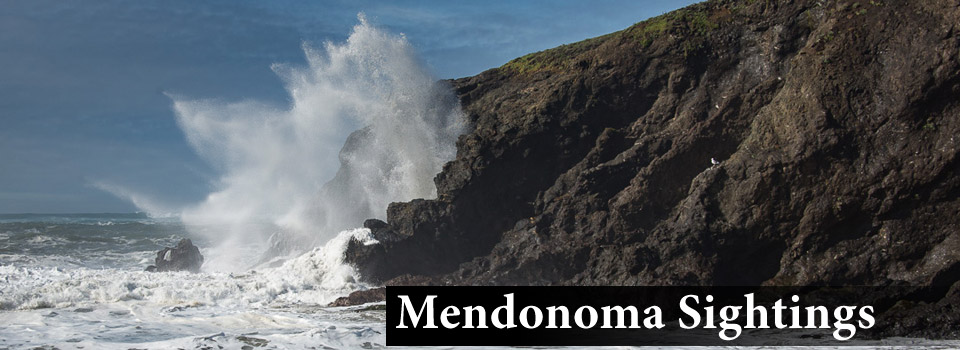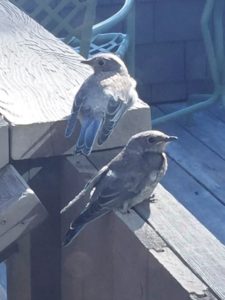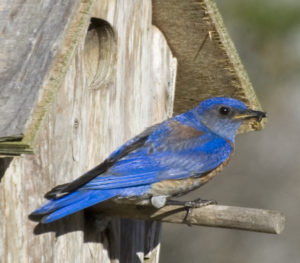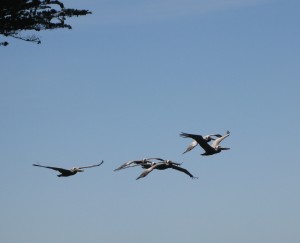Diane Bley noticed these two mature Bald Eagles perched in a tree near Goat Rock in Jenner on Friday, Oct 20th.
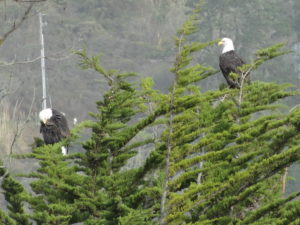 We have hopes that this pair will nest in the Jenner area early next year. Here is what the Cornell Lab of Ornithology says about these beautiful eagles:
We have hopes that this pair will nest in the Jenner area early next year. Here is what the Cornell Lab of Ornithology says about these beautiful eagles:
"The Bald Eagle has been the national emblem of the United States since 1782 and a spiritual symbol for native people for far longer than that. These regal birds aren’t really bald, but their white-feathered heads gleam in contrast to their chocolate-brown body and wings. Look for them soaring in solitude, chasing other birds for their food, or gathering by the hundreds in winter. Once endangered by hunting and pesticides, Bald Eagles have flourished under protection."
To hear the call of a Bald Eagle, here is the link: https://www.allaboutbirds.org/guide/Bald_Eagle/sounds
It is surprising how weak their calls are! I didn't know that until I listened while composing this post.
Thanks to Diane for allowing me to share her photo with you here.
